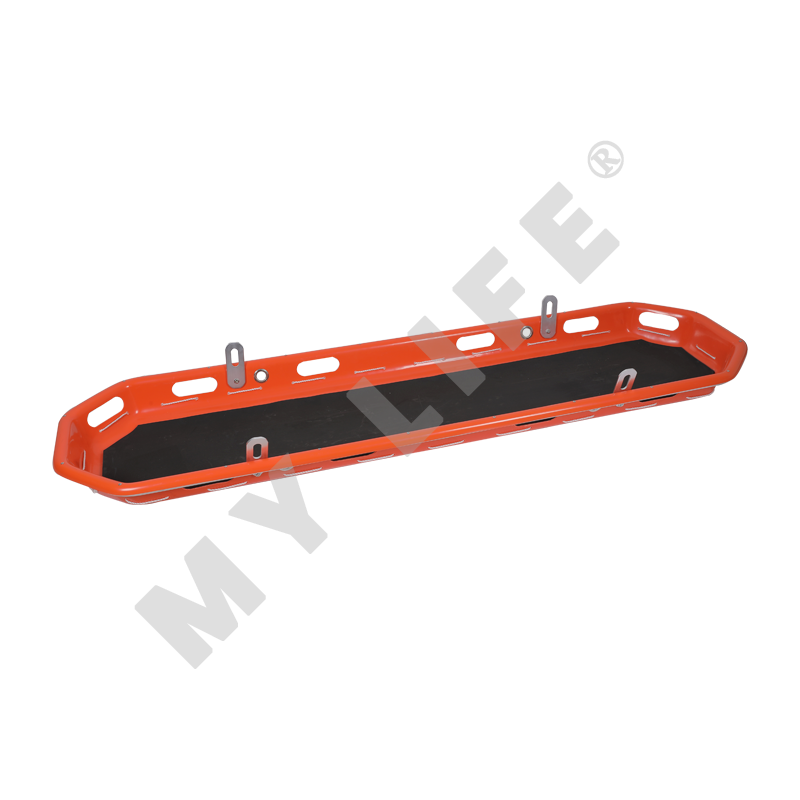What Training Is Necessary to Use a Basket Stretcher Safely?
Using a basket stretcher safely requires appropriate training and knowledge of techniques to handle, transport, and care for patients. Basket stretchers are commonly used in emergency medical services, search and rescue operations, and other situations where patients need to be moved from challenging environments. The specific training required may vary depending on the context and the organization you're associated with. However, here are some general training aspects that are typically necessary:


Basic First Aid and CPR: Before using a basket stretcher, individuals should have a solid foundation in basic first aid and cardiopulmonary resuscitation (CPR) techniques. This ensures they can provide immediate assistance to patients in distress.
Proper Body Mechanics: Training in proper lifting and carrying techniques is essential to prevent injuries to both the patient and the rescuers. This includes learning how to lift with the legs, not the back, and using teamwork to distribute the weight evenly.
Basket Stretcher Handling: Familiarity with the structure and components of the basket stretcher is crucial. Rescuers should know how to assemble, disassemble, and secure the patient within the stretcher properly.
Patient Packaging: Properly securing the patient within the stretcher is vital to prevent movement during transport. This involves using straps, immobilization devices, and padding to ensure the patient's safety and comfort.
Rope and Rigging Techniques: In some situations, basket stretchers are used in conjunction with ropes and rigging systems for vertical or horizontal evacuation. Training in rope work and rigging ensures the stretcher can be safely raised or lowered without compromising patient safety.
Environmental Considerations: Rescuers should be trained to assess the environment and select appropriate techniques for moving patients safely. This includes considering factors like terrain, weather, and obstacles.
Communication and Teamwork: Effective communication and teamwork are essential when using a basket stretcher. Rescuers need to work together seamlessly to ensure the patient's safety and smooth transportation.
Medical Considerations: Understanding basic medical principles, such as the importance of monitoring vital signs during transport, is important to ensure the patient's condition remains stable.
Simulation and Practical Training: Hands-on training using mock scenarios helps rescuers develop the skills and confidence needed to use a basket stretcher safely. Simulated exercises also provide an opportunity to practice coordination and problem-solving.
Certification and Ongoing Education: Many organizations and agencies offer certification courses specifically tailored to basket stretcher use and rescue techniques. Ongoing education and refresher courses are important to keep skills up to date and adapt to evolving best practices.
It's important to note that the specifics of training requirements may vary based on local regulations, the nature of the work, and the organization providing the training. If you're seeking to use a basket stretcher safely, consider contacting local emergency services, rescue organizations, or medical training institutions to inquire about available training programs.

 英语
英语 中文简体
中文简体






